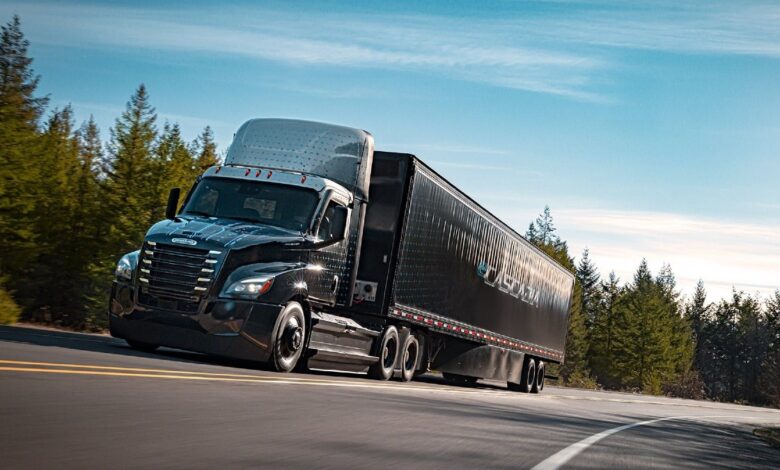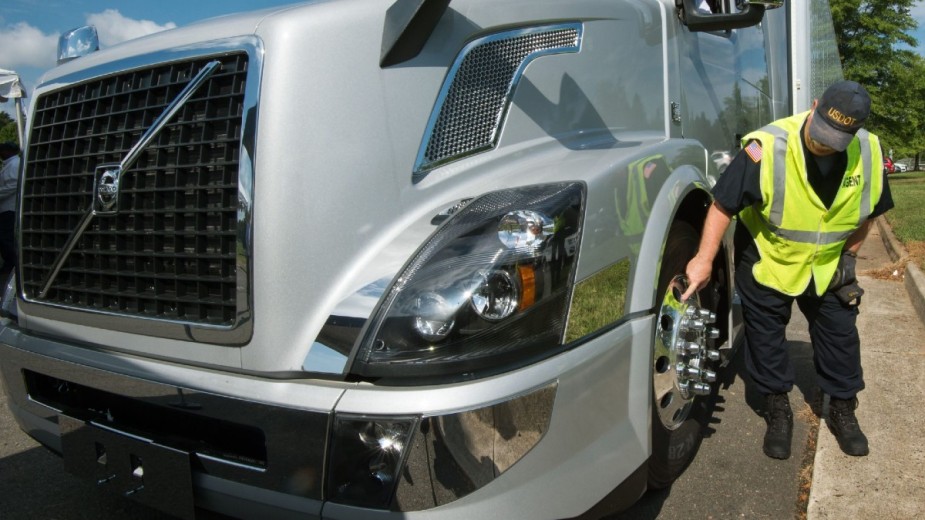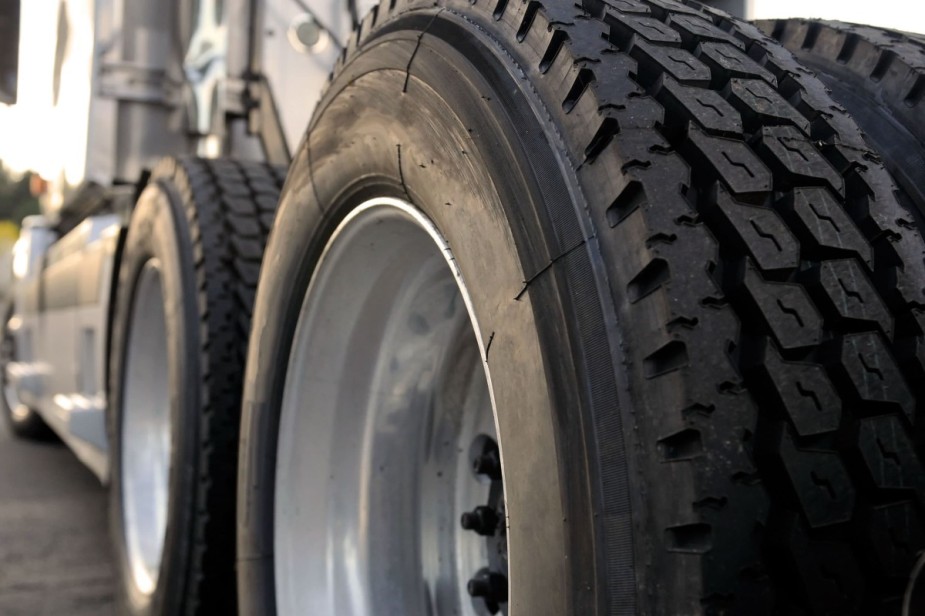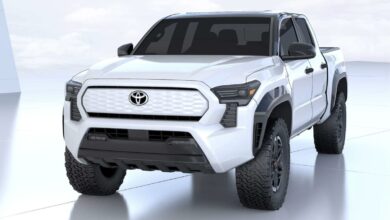Why Are Semi-Truck Wheels Shaped Differently?

We carry heavy loads across the country day in and day out, and we mostly ignore it. These giants of logistics have their own and make sense. Have you ever wondered why semi-truck wheels come in different shapes? The front wheels are usually convex while the rest are concave; what gives?
Semi-truck wheels are machined differently due to three practical factors
It may sound very simple, but sometimes the right answer is simple. If you add one and one together, you always get two. There is nothing complicated about this at all. The same goes for semi-truck wheels.
It tells us that the front wheels and rear wheels of these big rigs are different because:
- Packaging
- Cost savings
- Common sense
Let’s explore.
The front wheels are cambered. Why?

The front wheels steer any vehicle. Although some cars and SUVs offer rear steering, this steering is limited to a small degree of shift and is only intended to assist the front wheels. Since the front wheels handle steering, there must be room to fit the required steering knuckles, bushings, bearings, suspension and brake systems.
All of these fit over the front axle, and the wheels are cambered to keep the axle as wide as possible for maximum stability. In addition, the center of the wheel’s spindle is in line with the center of the wheel and tire, or at least as close as it can be. This is the correct way to fill the front wheels for optimum performance.
All rear truck wheels help save money

It may sound a little preposterous, but the same reasons for the rear pairs of wheels on a double pickup truck are the same as for semi-trucks and their trailers. Truck drivers get used to how these wheels are packed, but most of us don’t know what was done to make them work.
All rear axles on semi-trucks have two pairs of wheels at each end. These wheels are identical but inverted, creating the concave appearance of the outer wheels. Manufacturers attach wheels this way allowing both wheels to connect to the same axle. This reduces the cost associated with building these trucks.
For most commercial trucks, the rear wheels are identical to the front wheels, with the outer pair turned around. This ensures that fleet operators can purchase as many tires as needed to be used whenever one needs to replace them. Semi-truck wheels can vary from one trailer maker to another, but they are usually the same.
Is the answer to the shape of the truck’s wheels really that simple?

Yes, it is definitely that simple. The package makes sense with the front wheels cambered to make room for the necessary components in a space where there is only one wheel at each end of the front axle. Using individual hubs for each pair of rear wheels lowers the overall cost of building and maintaining these large trucks and the trailers they tow. It’s a very simple yet sensible solution to what could have been a much more complex conversation.
Then, find out why or enjoy this video below:





